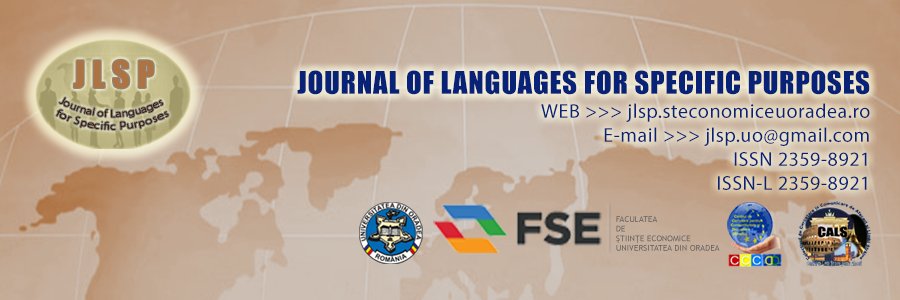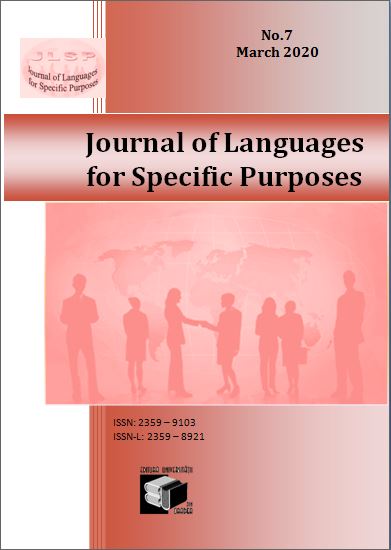Forward Rate Agreement And Interest Rate Swap
Interest Rate Swap (IRS) is a kind of swap and is therefore part of the derivatives category. Its price is derived from market interest rates. Advance rate agreements typically include two parties that exchange a fixed interest rate for a variable interest rate. The party that pays the fixed interest rate is called a borrower, while the party receiving the variable rate is designated as a lender. The waiting rate agreement could last up to five years. The fictitious amount of $5 million will not be exchanged. Instead, both parties to this transaction use this figure to calculate the interest rate difference. Normally, there is a buyer and seller of an FRA. The buyer is the fixed-price payer and the seller of the variable tariff.
If interest rates rise, the value of the FRA to the buyer increases. If interest rates fall, the value of the FRA for the seller increases. An FRA may be terminated at any time with the agreement of both parties. The amount of termination (market value) … So far, we have understood that FRAs help us to make interest rate movements. This is a $100 swap, fixed on a 12-month float, semi-annual payments at a fixed rate of 6% and a floating leg on LIBOR. [3×9 dollars – 3.25/3.50%p.a ] means that interest rates on deposits from 3 months are 3.25% for 6 months and that the interest rate from 3 months is 3.50% for 6 months (see also the spread of the refund application). The entry of an “FRA payer” means paying the fixed rate (3.50% per year) and obtaining a fluctuating rate of 6 months, while the entry of an “R.C. beneficiary” means paying the same variable rate and obtaining a fixed rate (3.25% per year).
Company A enters into an FRA with Company B, in which Company A obtains a fixed interest rate of 5% on a capital amount of $1 million in one year. In return, Company B receives the one-year LIBOR rate set in three years on the amount of capital. The agreement is billed in cash in a payment made at the beginning of the term period, discounted by an amount calculated using the contract rate and the duration of the contract. As there are 3 payments, the swap price is a sum of the current value of 3 FRAs Note: The first payment is based on the current reset rate. Additional payments are based on appointment rates. The main difference is that the FRA is billed in advance, while the swap is settled late. The FRA determines the rates to be used at the same time as the termination date and face value. FSOs are billed on the basis of the net difference between the contract interest rate and the market variable rate, the so-called reference rate, liquid severance pay. The nominal amount is not exchanged, but a cash amount based on price differences and the face value of the contract. An interest rate swap is a futures contract in which a flow of future interest payments is exchanged for another on the basis of a certain capital. Interest rate swaps generally include the exchange of a fixed interest rate for a variable rate or vice versa, in order to reduce or increase the risk of interest rate fluctuations or to obtain an interest rate slightly lower than would have been possible without the swap. A futures contract is different from a futures contract.
A foreign exchange date is a binding contract on the foreign exchange market that blocks the exchange rate for the purchase or sale of a currency at a future date. A currency program is a hedging instrument that does not include advance. The other great advantage of a monetary maturity is that it can be adapted to a certain amount and delivery time, unlike standardized futures contracts.





